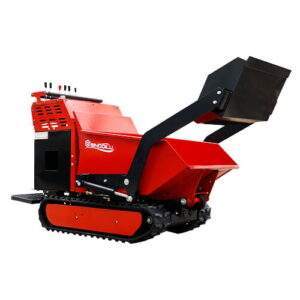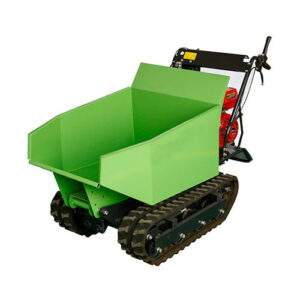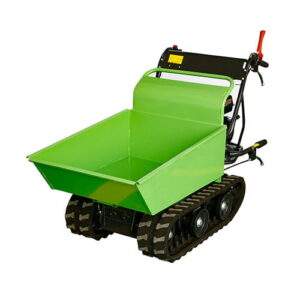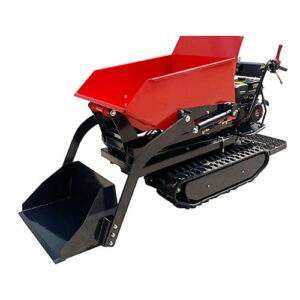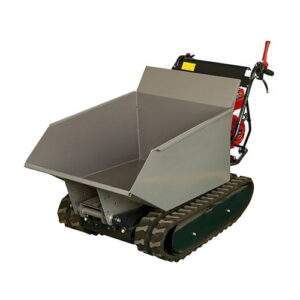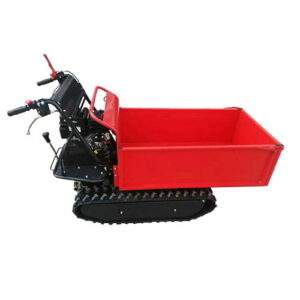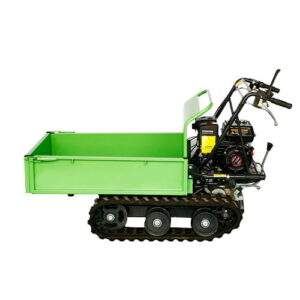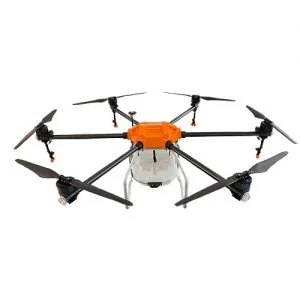How to Maximize Efficiency with Your Little Dumper on Construction Sites
Introduction
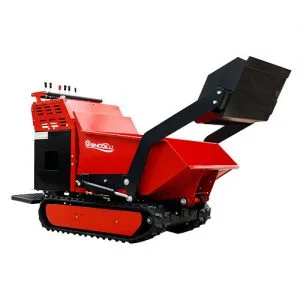
In the realm of construction sites, efficiency is key to success. The effective use of equipment like the little dumper can significantly enhance productivity and streamline operations. This blog explores various strategies and tips to maximize efficiency when using your little dumper on construction sites.
Understanding Your Little dumper
Before delving into optimization strategies, it’s crucial to understand the capabilities and limitations of your little dumper. Here, we discuss its specifications, such as load capacity, engine power, and maneuverability. Knowing these details will help you leverage its strengths effectively.
Preparing Your Little Dumper for Optimal Performance
Additionally, regular inspections of the braking system should be incorporated into your maintenance routine to ensure optimal stopping power and safety. Proper lubrication of moving parts such as joints and hinges is critical to prevent wear and extend the lifespan of your little dumper. Furthermore, scheduled fluid changes for the engine oil, hydraulic fluid, and coolant are essential to maintain optimal performance and prevent overheating or component failure. These proactive maintenance measures not only enhance efficiency but also contribute to the longevity of your equipment, reducing overall operating costs over time.
Best Practices for Loading and Unloading
Efficient loading and unloading procedures can save significant time and effort on construction sites. We provide step-by-step guidelines on how to load materials onto the dumper safely and efficiently. Techniques for securing loads and preventing spillage are also emphasized to maintain productivity.
Navigating Terrain Challenges
Furthermore, adapting driving techniques to different terrain types can significantly improve maneuverability and safety. For instance, maintaining a steady speed and avoiding abrupt maneuvers can help maintain traction on loose or uneven surfaces. Additionally, employing differential lock features, if available, can enhance traction in challenging conditions such as mud or loose gravel. Finally, understanding the weight distribution of loads and adjusting it accordingly can improve stability and control, particularly when navigating steep slopes or uneven terrain. These strategies combined can ensure your little dumper operates effectively across varied construction site landscapes, minimizing delays and optimizing productivity.
Time-Saving Techniques During Operation
Moreover, integrating GPS or digital mapping tools can aid in real-time route adjustments based on traffic or site conditions, optimizing travel efficiency. Additionally, implementing standardized dumping protocols and organizing dump sites strategically can reduce turnaround times and enhance overall workflow efficiency. Furthermore, proactive maintenance scheduling and quick troubleshooting protocols can minimize downtime, ensuring the little dumper remains operational and productive throughout the project duration. By focusing on these aspects, construction teams can achieve greater project efficiency and meet deadlines more effectively.
Data Analysis: Maximizing Efficiency with Metrics
Utilizing data to analyze and improve efficiency is becoming increasingly important in construction. We discuss key metrics such as fuel consumption per load, cycle times, and maintenance intervals. Techniques for data collection and analysis are explored to identify areas for improvement.
Case Studies: Real-World Applications
Examining real-world scenarios where the little dumper has been used effectively provides valuable insights. Case studies highlight successful implementations of efficiency strategies discussed earlier. These examples illustrate how adopting best practices can lead to significant productivity gains.
Daily maintenance checklist
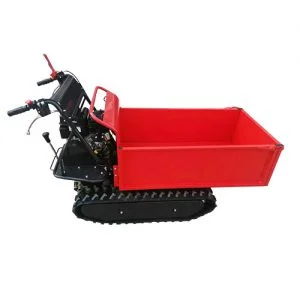
| Maintenance Task | Description | Recommended Frequency |
|---|---|---|
| Check engine oil level | Verify oil level and top up if necessary | Daily |
| Inspect tire pressure | Measure and adjust tire pressure as per manufacturer’s specs | Daily |
| Examine hydraulic fluid | Check fluid level and condition | Daily |
| Test brakes | Test braking system for responsiveness and effectiveness | Daily |
| Lubricate moving parts | Apply grease to joints, hinges, and other moving components | Weekly |
| Clean air filters | Remove and clean air filters to ensure optimal airflow | Weekly |
| Verify lights and signals | Check headlights, taillights, and indicators | Weekly |
| Inspect safety features | Ensure seat belts, roll bars, and emergency stop are functional | Weekly |
| Tighten loose bolts and nuts | Check all bolts and nuts for tightness | Weekly |
| Check for leaks | Inspect for hydraulic, coolant, or fuel leaks | Weekly |
Conclusion
Efficiency is not just about speed but also about effective resource utilization and operational excellence. By implementing the strategies discussed in this blog, you can maximize the efficiency of your little dumper on construction sites. Remember, continuous improvement and adaptation to site-specific conditions are key to achieving long-term success.
FAQ
Q: What are the typical maintenance intervals for a little dumper?
A: Maintenance intervals vary based on usage but generally include daily checks and periodic servicing every 250 hours of operation.
Q: How can I improve fuel efficiency when operating a little dumper?
A: Maintaining steady speeds, minimizing idling, and ensuring proper tire inflation can help improve fuel efficiency.
Q: What safety measures should operators follow when using a little dumper?
A: Operators should wear appropriate safety gear, follow load capacity limits, and undergo training on safe operation practices.

